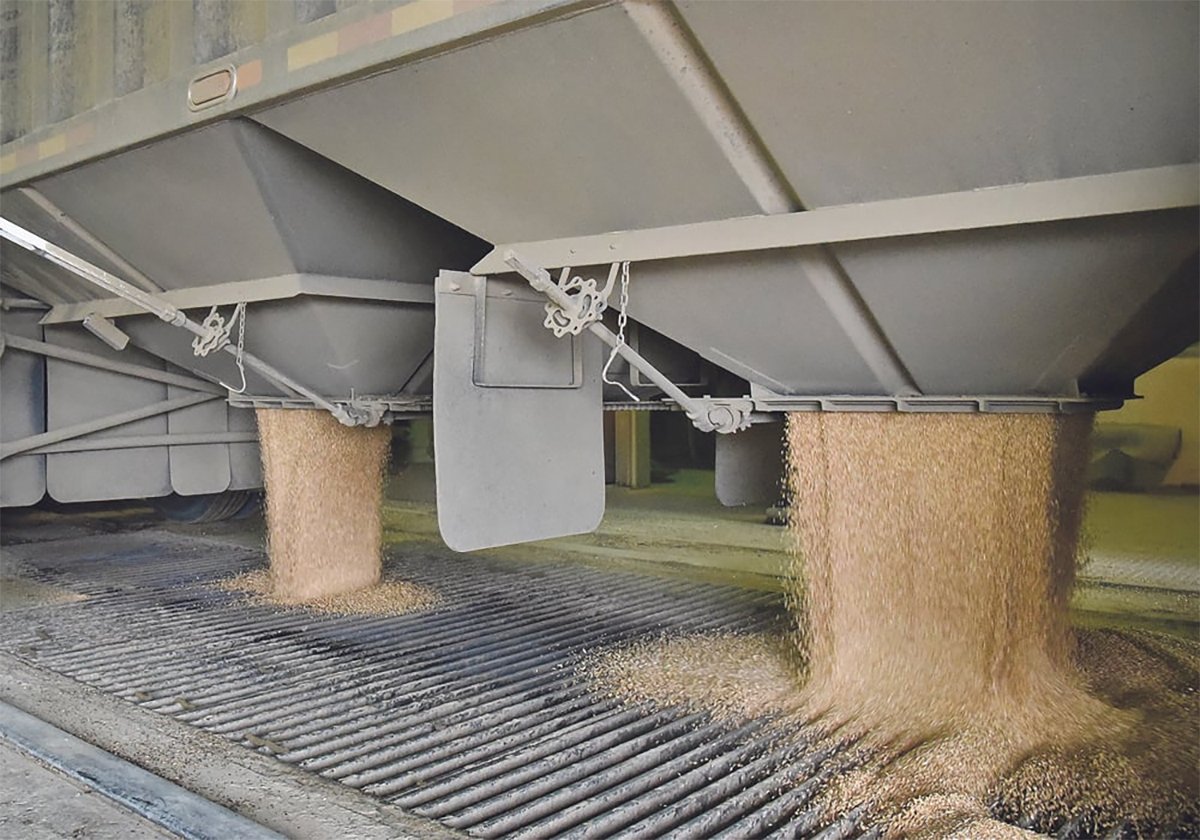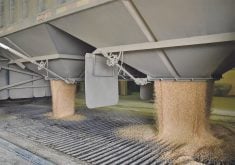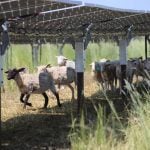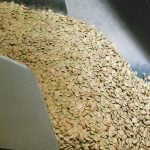Iain Aitken, a cattle producer from Rimbey, Alta., advocates direct marketing of beef.
These suggested solutions conveniently overlook the more obvious cause of the beef crisis – the proportion of the retail beef price returned to beef producers are at historically low levels, and rapidly declining.
Whether we blame the packer or the retailer (when we should likely blame both) it is clear that “we” beef producers are not really a part of the beef industry, at least not when it comes to the distribution of profits.
Read Also

Worrisome drop in grain prices
Prices had been softening for most of the previous month, but heading into the Labour Day long weekend, the price drops were startling.
As far as I can see, nothing will change as long as we look for industry solutions instead of farm/ranch level profitability solutions.
I feel an alternative solution to our income crisis is to direct market our products. In our own situation we market grass-fed beef and net in excess of $400 more per animal than selling fed cattle to the packers.
Some might say that this is merely a niche market and does not provide a solution for the huge cattle numbers we have in this exporting nation. I suggest we have been suckered into export dependency and are now trapped on a treadmill of keeping more cattle to make up for declining margins.
If the average margin in conventional beef production is $50 per head, you can replace eight of them with one $400 margin direct marketed animal.
The cow-calf sector cannot survive by going the way of the feedlot, running thousands of animals for $50 margins. The price of land alone precludes this. The only way I can see to break this downward cycle is to become price setters instead of price takers.
We have been so focused on the industry solutions propagated by its beneficiaries that we have largely overlooked our trump card: consumer demand. In our own retailing efforts we have found demand to be growing 50 to 100 percent a year.
We sell grass-fed beef but there are undoubtedly similar opportunities for non-implanted beef, antibiotic free beef, organic beef, breed specific and regional or local beef.
Most of all, consumers are looking to reconnect with their food source. They no longer trust the corporate controlled food system and want to buy direct from a person who has cared for the animals usually from conception to plate.
Movies like Food Inc. have driven consumers in ever increasing numbers to seek alternate food sources. Expansion of consumer demand for directed marketed beef need not be restricted by high price either. The margins being taken by processors and retailers are so outrageous they allow us to sell our grass-fed beef for 75 percent of the Canadian average retail price and still come out $400 an animal ahead.
We can supply the consumer with a product they perceive to be better, healthier and more sustainable for less money. It is a win-win situation for producers and consumers but a lose-lose situation for the big packers and retailers, which is likely why it is never advanced as a solution by our corporate influenced politicians.
Some say it is unthinkable that Canada should revert to supplying only the domestic market because this would precipitate a national herd decline of around 30 percent. This statement, however, only deals with cattle numbers, not cattle profitability. If we use the $50 versus $400 margin scenario, it’s clear we could reduce the national herd by 85 percent and come out ahead financially if we direct marketing the other 15.
I see no reason why direct marketed beef could not supply 20 or 50 percent of domestic demand.
There are undoubtedly hurdles to overcome before we could see such a substantial increase in the amount of direct marketed beef. The most immediate is the lack of enough high quality, local processing plants and staff to operate them. With time, I’m sure more would spring up as those that are well managed seem to have quite a lucrative business.
Not every cattle producer has the desire or skills to be a direct marketer but there are still opportunities to participate through producing cattle for someone who is able to market more beef than they can rear.
There is no reason why producer levy money should not be used to educate and help producers to direct market either. How many millions of dollars have been spent in the past aiding processing companies to develop new markets around the world with no benefit to primary producers?
I think the time is right, consumers are driving the demand and we should pursue this opportunity. If we don’t, there is a real danger that the consumer demand will be met by imported or mass produced “natural beef” on the shelves of Wal-Mart and the like.
Producers realizing more net income from their cattle can only be positive for rural communities, as would the increase in small processing facilities and their associated jobs.
Best of all, this is a solution that we can start working toward today. We don’t need to wait for government assistance, market access to Timbuktu or Canadian currency devaluation.
If we decide to help ourselves and successfully embrace this marketing opportunity, I believe there is a bright future for beef producers in Canada.














